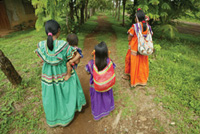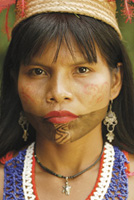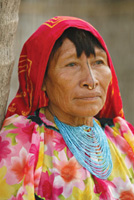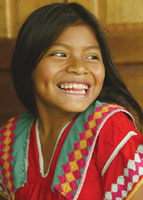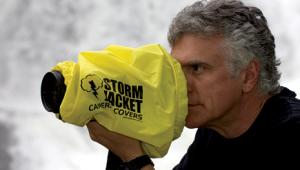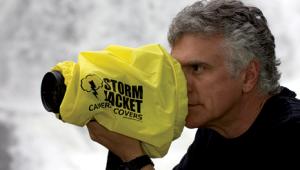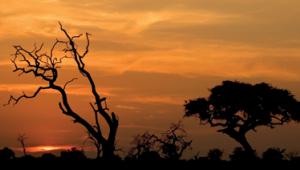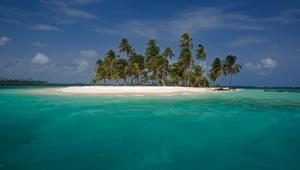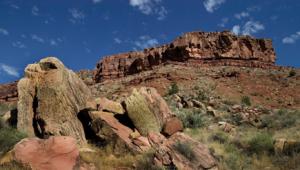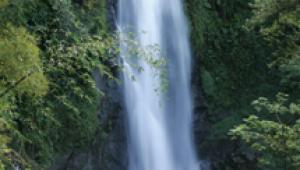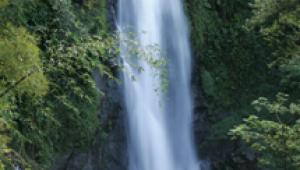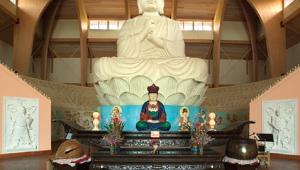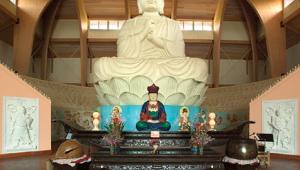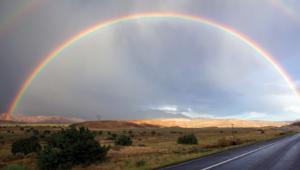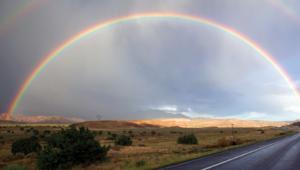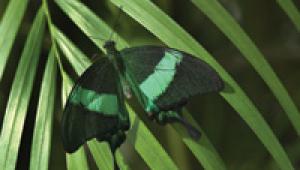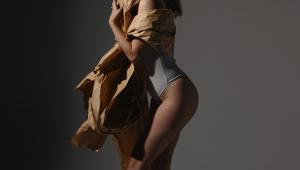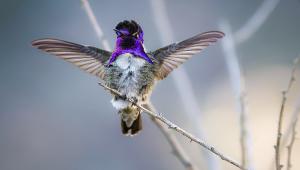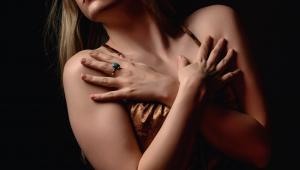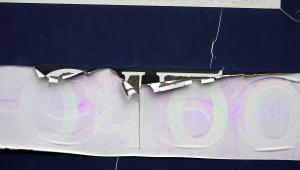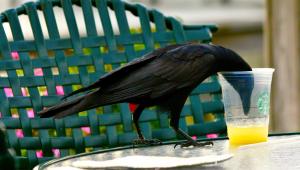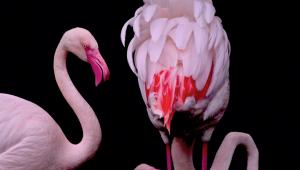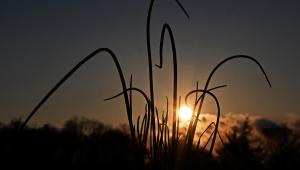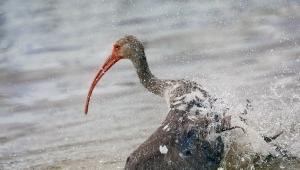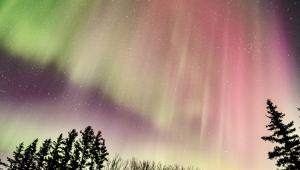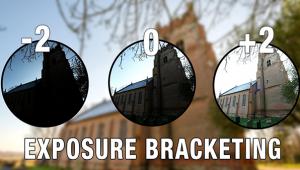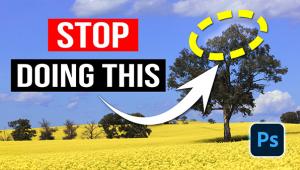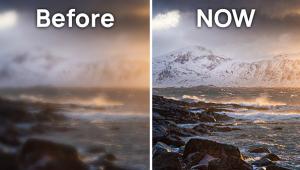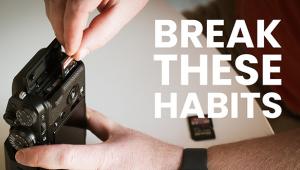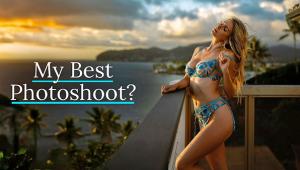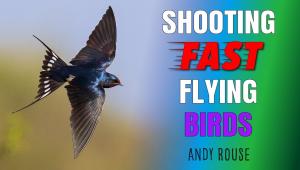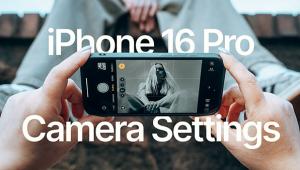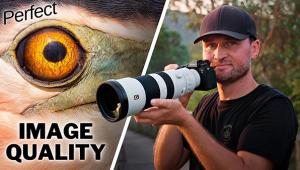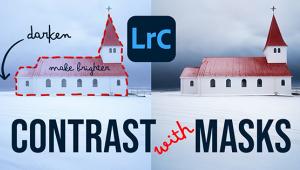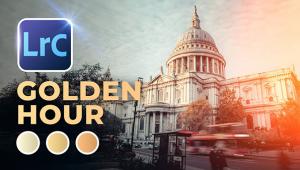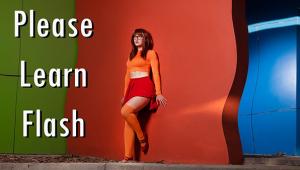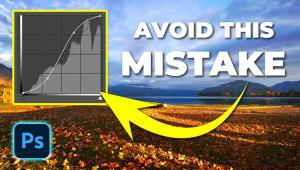Globetrotter
Panama Offers Many Unique Photo Opportunities
Some photographers travel
to the far corners of the world to photograph interesting cultures.
I've done that, taking long plane flights to Nepal, India, Thailand,
Indonesia, and even to the depths of the Brazilian forest. The travel
time is worth the effort, but quite honestly, I'd rather spend
more time photographing. |
|||
Kuna
Yala--Located on Panama's beautiful Caribbean Coast, Kuna Yala
is comprised of 365 islands (some smaller than a football field) nestled
in the warm waters of the Caribbean. Thatched huts, tall palm trees, and
azure water are beautiful backdrops for pictures of the Kuna Indians.
An Embera Village--Hidden in the dense rain forest east of Panama City, the village can only be reached by longboat. Although the village, located on the Rio Chagres River, is relatively close to Panama City, I felt as though I was deep within the Amazon rain forest (where I had photographed remote tribes the previous year). This is "the middle of nowhere" I said to myself as my boat approached the village. A Ngabe-Bugle Community--A village in the farming area of Chiriqui Province, west of Panama City. Most tourists go to Chiriqui to shop, but I went to photograph the beautiful people and the beautiful handicrafts they produce. During my one week in Panama I shot hundreds of pictures. Here are a few of my favorites. Embera women intricately paint their faces with the deep purple, almost black, juice from the jagua plant. Red lipstick and red drawing on their cheeks accent the women's lovely features. Many of the women wear beautiful, heavy necklaces made of beads and coins that cover their bare breasts. Panama's people are among the friendliest you will encounter anywhere. This young Ngabe-Bugle girl was momentarily distracted during our photo session by a friend. I snapped the picture just as she looked off-camera, catching the girl's bright eyes and attractive smile. Kuna Yala women take great pride in their appearance, wearing colorful bracelets on their arms and legs. This woman is sewing a mola (which literally means blouse), a popular handicraft of the area. Photographers trekking to Panama should always have their cameras handy. I snapped this picture of two Ngabe-Bugle women and their children as they walked along a dirt path on the side of the road. The colorful dresses that the women wear are handmade and are the trademark of these beautiful people. Kuna Yala women ofter drape their heads with bright red scarves. They paint a single line down their nose and wear a nose ring. They are not dressed for any special occasion. This is their normal, everyday apparel. |
|||
Camera Gear Recommendations If You Go! Rick Sammon is the author of "Rick Sammon's Complete Guide to Digital Imaging." For information, contact Rick at ricksammon@aol.com. |
- Log in or register to post comments
